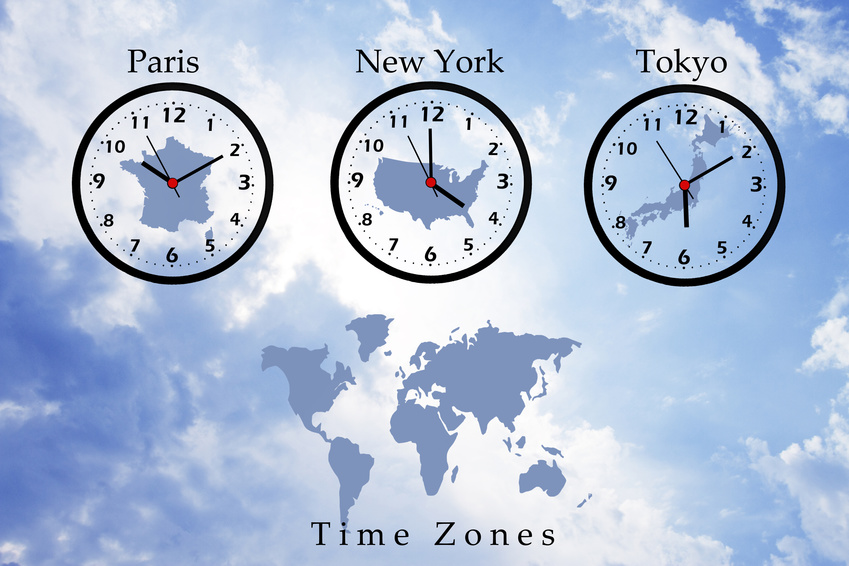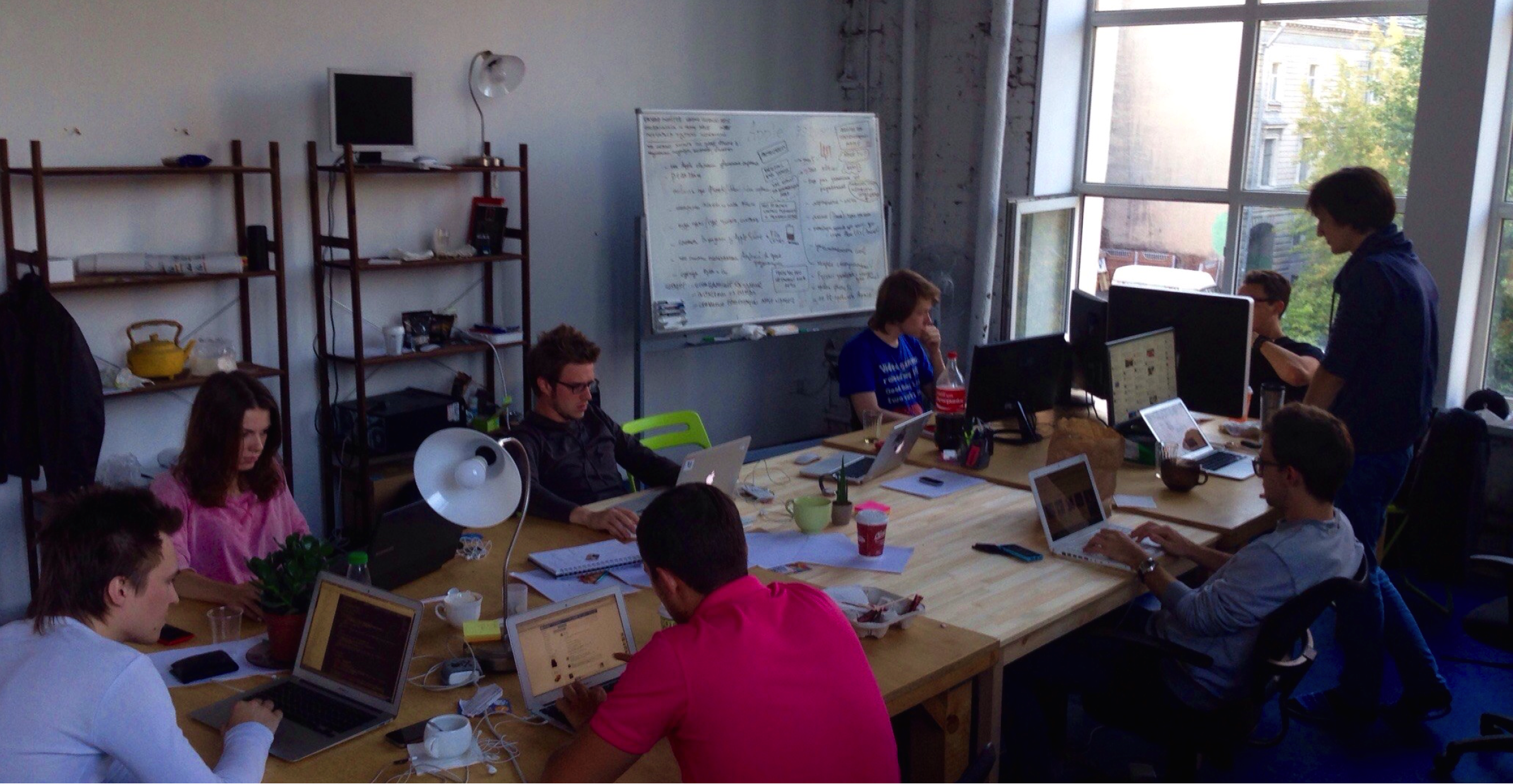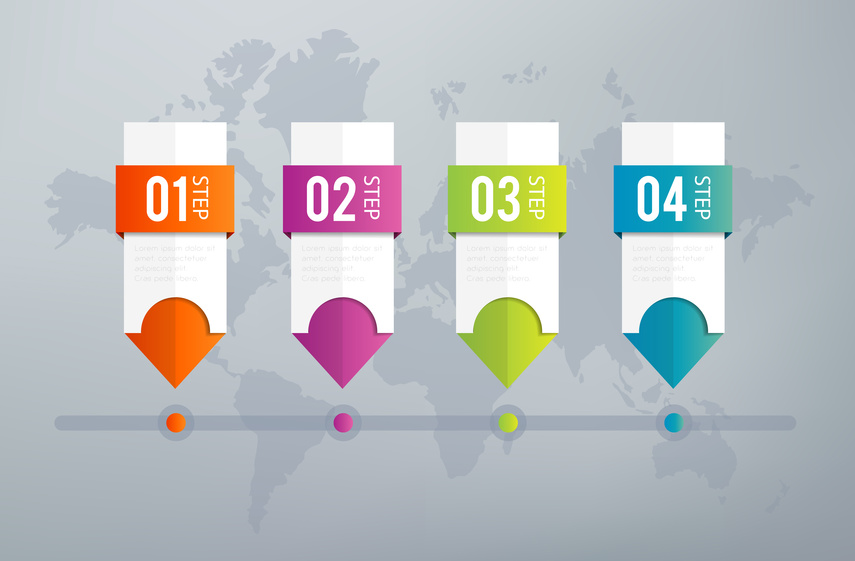The Biggest Pitfall of Slack and how to Overcome it
If you haven’t been living under a rock, you’ve probably heard about Slack, the communication tool that is taking companies by storm. At its heart Slack is a super-slick chat tool. In geek terms it is great for synchronous communication or communication where the various users are willing and able to communicate simultaneously. In turns out that synchronous communication is superior to asynchronous communication (think email) for many types of communication. The rapidity with ideas can be exchanged coupled with the low overhead of sending a message is the primary reason for this. A key point though is the notion that users must be ‘willing and able‘ to communicate synchronously. Why may they not be willing or able?










